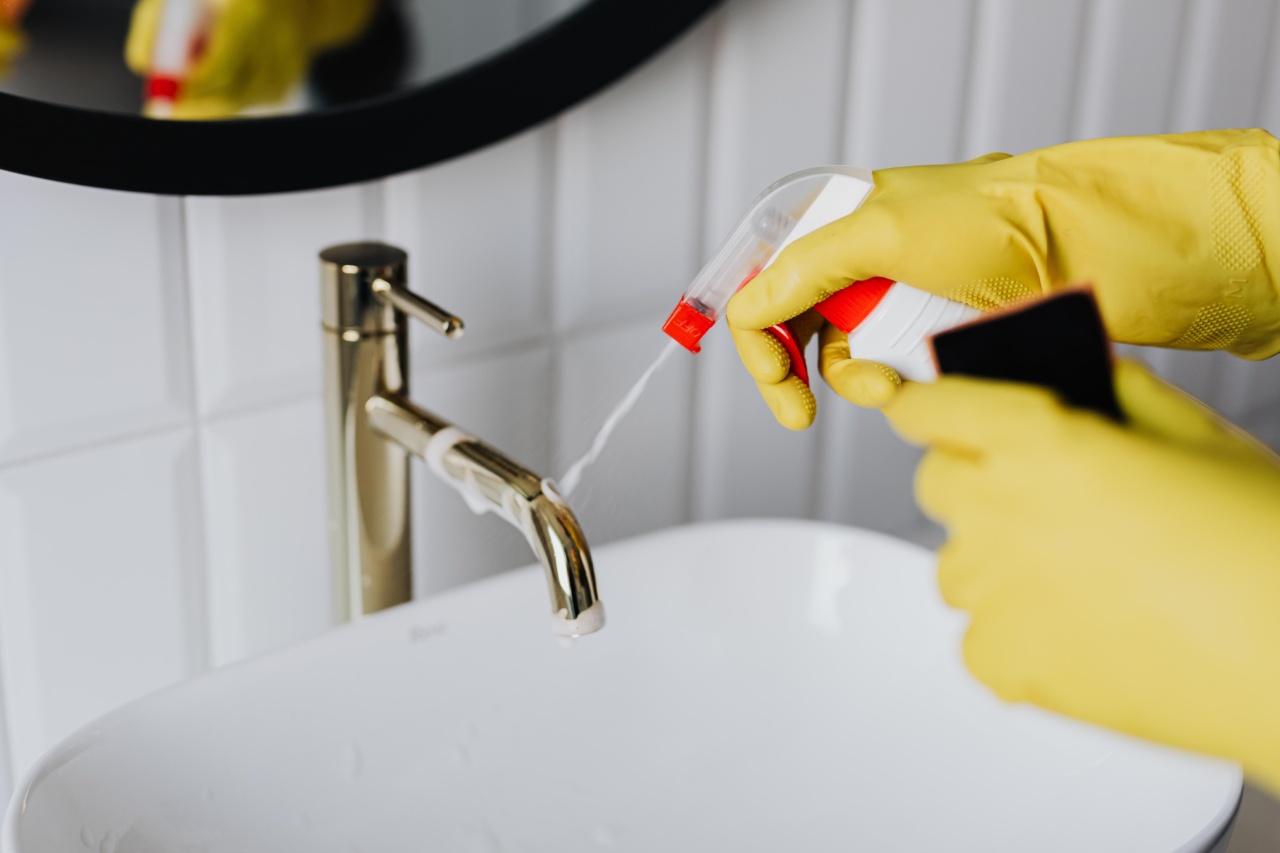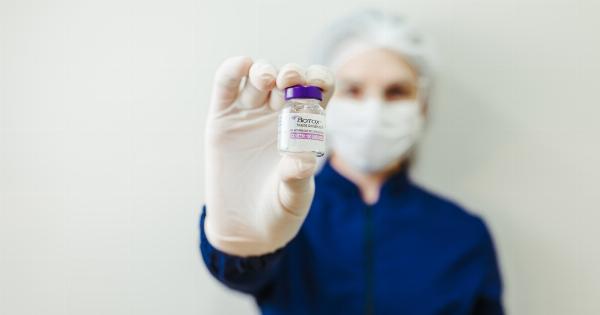Chemical peeling is a popular cosmetic treatment that serves as a powerful tool for skin rejuvenation. It involves the application of carefully selected chemical solutions to the skin, triggering controlled exfoliation and subsequent regeneration.
Chemical peels can improve the appearance and texture of the skin, addressing a wide range of skin concerns. In this article, we will explore the indications and procedures of chemical peeling, shedding light on the types of chemical peels, their benefits, and the steps involved in the treatment.
Indications for Chemical Peeling
Chemical peels are suitable for individuals seeking to improve the appearance of their skin or address specific concerns. The treatment can be used to:.
Treat Acne and Acne Scars
Chemical peels, especially those containing alpha hydroxy acids (AHAs) or beta hydroxy acids (BHAs) such as glycolic acid or salicylic acid, can be effective in treating acne and minimizing the appearance of acne scars.
These peels work by exfoliating the top layers of the skin, unclogging pores, and reducing inflammation, leading to clearer skin.
Reduce Hyperpigmentation and Melasma
Certain chemical peels, particularly those containing trichloroacetic acid (TCA) or phenol, can effectively reduce hyperpigmentation and melasma. These peels penetrate deeper into the skin, targeting excessive melanin production and uneven skin tone.
The controlled exfoliation induced by these peels helps reveal a more even complexion.
Minimize Fine Lines and Wrinkles
Chemical peels can help diminish the appearance of fine lines and wrinkles by stimulating collagen production and promoting skin cell turnover.
Deeper peels, such as those using phenol, encourage significant regeneration of the skin, resulting in smoother and more youthful-looking skin.
Address Sun Damage and Age Spots
Chemical peeling is an effective treatment for sun-damaged skin, addressing issues such as age spots, sunspots, and uneven skin texture.
Peels with alpha hydroxy acids, like glycolic acid and lactic acid, work by removing damaged outer layers of the skin, revealing healthier and more radiant skin underneath.
The Types of Chemical Peels
Chemical peels are categorized based on their depth of penetration and their main active ingredients. The three main types of chemical peels are:.
Superficial Peels
Superficial peels, also known as lunchtime peels, are the mildest type of chemical peel. They involve the application of mild acids, such as glycolic acid or lactic acid, which only penetrate the outermost layer of the skin (epidermis).
These peels require little to no downtime and are suitable for addressing minor skin concerns, including dullness, mild acne, and fine lines.
Medium Peels
Medium peels penetrate deeper into the skin, reaching the upper layers of the dermis. They typically use solutions containing trichloroacetic acid (TCA) or glycolic acid at higher concentrations.
Medium peels are effective in treating acne scars, hyperpigmentation, and deeper wrinkles. They involve a longer recovery time compared to superficial peels, with a few days of redness and mild peeling.
Deep Peels
Deep peels are the most powerful type of chemical peels, typically utilizing phenol as the active ingredient. They penetrate into the mid layers of the dermis, targeting deep wrinkles, severe sun damage, and major pigmentation issues.
Deep peels require longer recovery periods, usually several weeks, and must be performed by a highly skilled professional due to their intensity.
The Chemical Peel Procedure
The chemical peel procedure typically involves several stages:.
1. Consultation and Assessment
Prior to the treatment, you will have a consultation with a dermatologist or a licensed skincare professional. They will assess your skin, discuss your goals, and help determine the most suitable type of chemical peel for your needs.
They will also provide you with pre-care instructions to ensure optimal results.
2. Preparation
Before the peel, your skin will be thoroughly cleansed to remove any oils, dirt, or makeup. In some cases, a pre-peel solution or topical numbing cream may be applied to enhance your comfort during the procedure.
3. Application
The chemical peel solution will be applied evenly to your skin using a brush or a cotton pad.
The professional performing the treatment will ensure that the solution covers the intended areas and is left on for the appropriate duration based on the type and concentration of the peel.
4. Monitoring
During the procedure, the professional will closely monitor your skin’s reaction to the chemical peel.
They will consider factors such as the peel’s strength, your skin type, and your desired outcome to determine the optimal timing for neutralization.
5. Neutralization and Cleansing
Once the desired depth of exfoliation is achieved, the chemical peel will be neutralized.
This involves the application of a neutralizing solution or the use of water to stop the peel’s action and ensure that the chemicals are fully removed from the skin. Your skin will then be gently cleansed to remove any traces of the peel.
6. Post-Treatment Care
After the procedure, the professional will provide you with detailed post-care instructions. These typically include using gentle skincare products, avoiding sun exposure, and applying sunscreen diligently to protect the newly exposed skin.
It is crucial to follow these instructions to ensure proper healing and optimize the results of the chemical peel.
Conclusion
Chemical peeling is a versatile and effective cosmetic treatment for improving skin texture, addressing various skin concerns, and achieving a rejuvenated appearance.
With different types of chemical peels available, ranging from superficial peels to deep peels, this treatment can be customized to meet individual needs. However, it is important to consult with a qualified professional to determine the most suitable chemical peel for your skin and to ensure safe and optimal results.
By undergoing a chemical peel and following the appropriate aftercare, you can enjoy smoother, clearer, and more youthful-looking skin.































